Natural Home Remedies for Swollen Legs
By Dr Siddharth Gupta +2 more

Get,

to manage your symptom
Get your,


4 Cr+ families
benefitted

OTP sent to 9988776655



You’ve successfully subscribed to receive
doctor-approved tips on
Whatsapp

Get ready to feel your best.

Hi There,
Download the PharmEasy App now!!


Register to Avail the Offer
Send OTPBy continuing, you agree with our Privacy Policy and Terms and Conditions

Hi There,
Sign up on PharmEasy now!!
Trusted by 4 crore+ families

OTP sent to 9988776655



You have unlocked 25% off on medicines




Code: NU25
By Dr Siddharth Gupta +2 more
Table of Contents
When you take long flights or car rides, you might notice a slight swelling in your legs, especially in the ankles and feet1. This swelling, caused due to fluid retention in tissues, is called oedema. It is the effect of gravity that makes it more noticeable in the foot, ankle, and legs, but it can occur in any part of the body1. When our feet get swollen, all we can do is temporarily manage the pain and discomfort. Moreover, mild swelling generally disappears on its own.

There is a wide range of reasons that can cause swelling of the legs. From lifestyle choices to certain normal physiological conditions, to a few serious medical conditions, one or more reasons may be responsible for it. Some of them are as follows:
The signs that indicate the presence of oedema are:
We can adopt certain lifestyle and home remedies that help in the reduction of swelling and management of pain and discomfort experienced due to swollen legs.
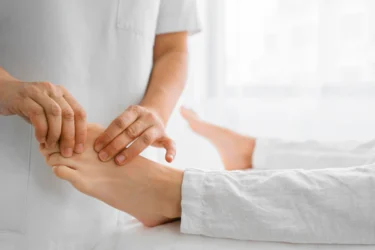
Massaging the swollen area without application of too much pressure or causing pain, but with firm strokes upwards towards the heart, has been found to be helpful2. This helps in draining the excess fluid build-up by directing the fluid toward the heart and preventing it from pooling in the feet.
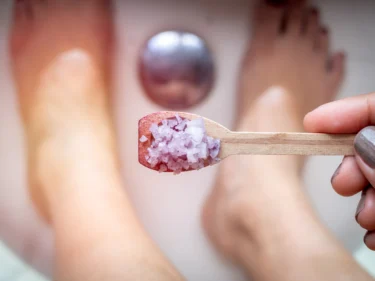
There are tons of people who testify that the use of Epsom baths relieves swelling of the legs. The exact mechanism is unknown, but it is seen that soaking legs in water with dissolved Epsom salt brings down the swelling by supplementing magnesium through the skin. Being an easily available ingredient, it is cost-effective, easy to use, and nearly risk-free. Therefore, it is a hack recommended even by doctors.
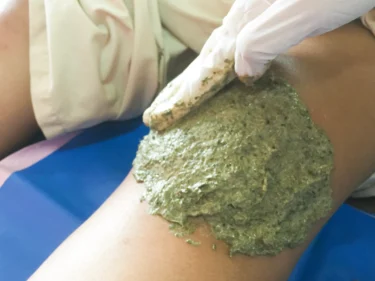
Ayurvedic pastes, which are applied to our body, are called lepas, and some of them help relieve swollen legs. A semisolid paste made by adding the herbs punarnava, ginger, and deodar (cedar) can help reduce swelling in the feet3.
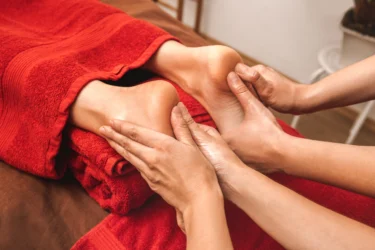
In this Ayurvedic treatment, oil is poured on the body and massaged. In this method, a decoction (dashamoola katha) is used to reduce the swelling5.

Essential oils such as peppermint, lavender, helichrysum, marjoram, eucalyptus, and chamomile can be used to reduce swelling6. We can use it by adding 2-3 drops of it to a hot water bath and soaking the swollen legs in it for 10 minutes or until the water turns cold. Essential oils can also be used to massage the legs. Before using it for massage, the essential oil should be diluted by the addition of another oil, like coconut oil.

Certain Ayurvedic herbs are used for the reduction of swellings. Herbs such as arjuna, punarnava and adraka (ginger) can be used in the form of powders, pastes, decoctions, juices, and herbal wines in doses as directed by an Ayurvedic physician.
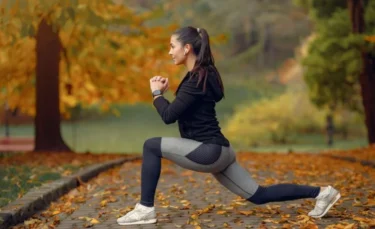
Constantly standing or sitting in a place or specific position may cause or worsen the swelling in the legs. This effect can be countered by increasing your activity and movement. As we exercise the muscles of the leg, the retained fluid gets pumped back to the heart, reducing the swelling. Even slight movement of legs and knees every few minutes may help7.
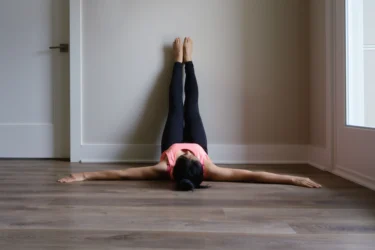
Yoga poses, like the ones involving lying on the floor with raised legs leaning against the wall, might help reduce swelling in the legs8. Simply elevating the leg above the level of our heart using pillows as props for a few hours a day, or while lying down, is helpful. By doing this, we help our legs, with a little assistance from gravity, to restore circulation and drain the built-up fluid.
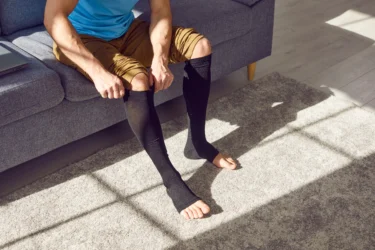
Wearing compression socks, gloves, or stockings is recommended by doctors after the swelling has gone down to prevent swelling in the future. These socks gently squeeze our legs and improve blood circulation, thus reducing pain and preventing the recurrence of swelling. They are not to be too tight and should be worn only till they provide comfort to you.
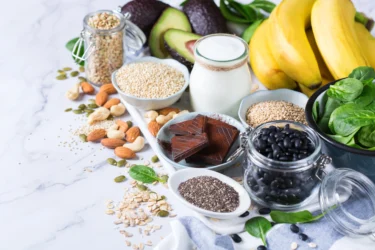
A deficiency of magnesium can lead to water retention and swelling. Therefore, including magnesium-rich food in your diet can help reduce swelling of the legs. Some magnesium-rich foods are:

Our body retains and tries to conserve what it lacks. Decreased water in the body can lead to water retention and swelling. By increasing your water intake, encourage your body to flush out water and with it, the mineral sodium. Sodium loves water and takes away all the excess water with it. Therefore, gulping a lot of water helps reduce fluid retention and swelling of the legs4.
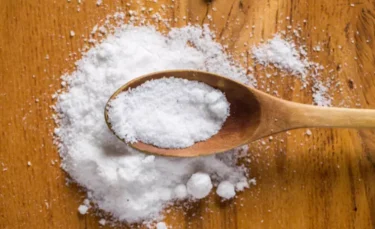
Having salt is tricky. Too much or too little can cause a lot of trouble. Increased salt intake can lead to water retention, but before coming to conclusions, we must consult our physician to know if this is the actual cause. After being absolutely sure, the necessary changes as per the doctor’s recommendation can be made4.
NOTE: We must take extra care of our feet by wearing comfortable shoes and avoiding getting cuts or wounds when they are swollen. This is to prevent the worsening of the situation, as snugly fit shoes disrupt circulation to the foot and wounds take longer to heal, becoming prone to infections4.
Also Read: Natural Home Remedies for Diabetes By Dr. Rajeev Singh
Seek medical help under the following circumstances:
Also Read: Best Home Remedies for Uric Acid By Dr. Siddharth Gupta
Swellings in the legs can be due to various reasons, it can be due to just standing or sitting for a long duration or an indicator of diseases of the heart, lungs, etc. Thus, remedies for these also range widely. We can adopt a few lifestyle changes and take care of our feet by performing simple methods like massages, elevation, compression socks, water baths, etc., to manage swollen feet. These simple home remedies can prove to be a game-changer for you in day-to-day life.
Also Read: The Best Home Remedies For Hernia
There are several reasons why you can experience swelling in your feet. While heart disease is a probable cause, it is not the only reason. You should consult a physician to be sure4.
Yes, essential oils help reduce swelling. Oils like lavender oil, peppermint oil, etc., can be used4.
Mild swelling of the legs is commonly seen in pregnancy as the uterus exerts pressure on the blood vessels of the lower parts of the body. However, if sudden or severe swelling of the legs is noticed, a doctor should be consulted4.
Disclaimer: The information provided here is for educational/awareness purposes only and is not intended to be a substitute for medical treatment by a healthcare professional and should not be relied upon to diagnose or treat any medical condition. The reader should consult a registered medical practitioner to determine the appropriateness of the information before consuming any medication. PharmEasy does not provide any guarantee or warranty (express or implied) regarding the accuracy, adequacy, completeness, legality, reliability or usefulness of the information; and disclaims any liability arising thereof.
Comments

Leave your comment...
You may also like
Comments